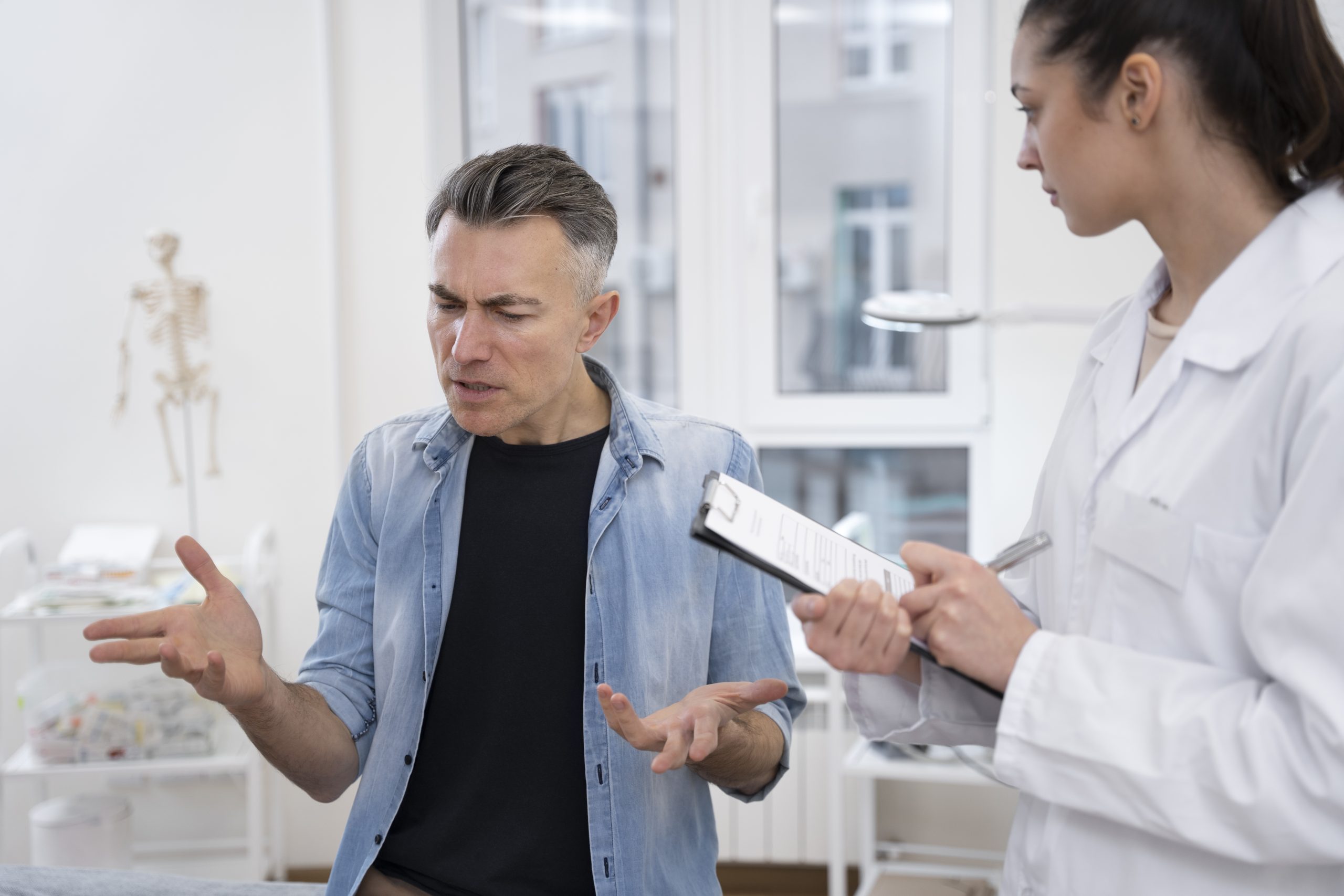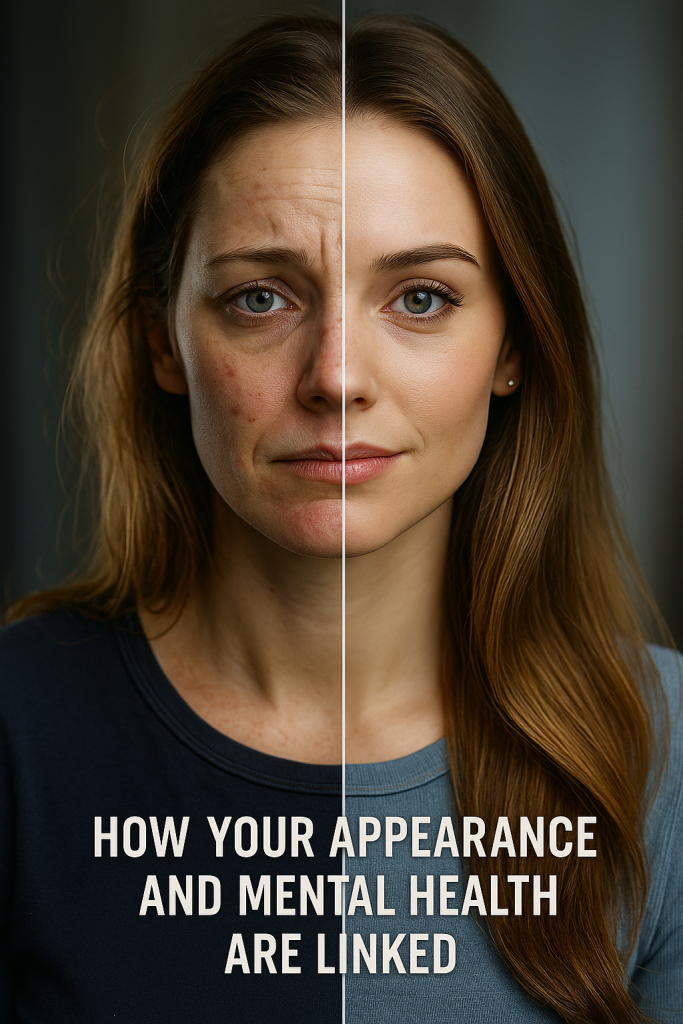Perhaps your vision has been a bit blurry as well. It’s quite a coincidence that these symptoms could be indicative of a condition called entropion, where your eyelid turns inward. But how do you actually diagnose entropion? Well, in this discussion, we will explore the various diagnostic methods used by healthcare professionals, from routine eye exams to physical tests that assess muscle tone and examine the surrounding tissue. So, if you’re curious to know more about how entropion is diagnosed and the treatment options available, keep reading to uncover all the details.
Routine Eye Exam for Diagnosis
During a routine eye exam, your ophthalmologist will perform a comprehensive assessment to diagnose entropion, a condition where the eyelid turns inward. The eye exam will involve the examination of your eyelids, surrounding tissue, and the position, shape, and tightness of your eyelid muscles. The ophthalmologist may also perform tests such as pulling on your eyelids, blinking forcefully, or assessing muscle tone to evaluate the severity of the condition. It is important for your ophthalmologist to identify the causes of entropion, which can include muscle weakness, scars or previous surgeries, trachoma infection, eye irritation or inflammation, or congenital factors. Identifying the risk factors for entropion, such as age, previous burns or trauma, trachoma infection, eye irritation or inflammation, and congenital factors, will help determine the likelihood of developing the condition. Complications of entropion, such as corneal irritation, injury, and vision problems, can be prevented or minimized with early diagnosis. If entropion is diagnosed, your ophthalmologist may recommend home remedies to alleviate symptoms, such as lubricating the eyes with artificial tears or using skin tape to help keep the eyelid in position.
Physical Tests to Assess Muscle Tone
To assess muscle tone and tightness in the eyelids, physical tests can be performed during the diagnosis of entropion. Muscle weakness is a common cause of entropion, as the muscles under the eyes weaken and tendons stretch with age. Age itself is a significant risk factor, as the likelihood of developing entropion increases with age. Scars or previous surgeries can also distort the normal curve of the eyelid, leading to entropion. Individuals who have had trachoma infection or previous burns or trauma on the face are at higher risk of scar tissue formation, which increases the risk of entropion. Spastic entropion occurs due to eye irritation or inflammation, leading to a spasm of the eyelid muscles and a rolling of the lid inward. Complications of entropion include corneal irritation and injury, which can have serious consequences. Therefore, physical tests to assess muscle tone are crucial in diagnosing entropion and determining the appropriate treatment plan to alleviate symptoms and prevent complications.
Examination of Surrounding Tissue
The examination of the surrounding tissue is a crucial step in diagnosing entropion and determining the appropriate treatment plan to alleviate symptoms and prevent complications. During the examination, the ophthalmologist will evaluate the presence of scar tissue and assess the underlying causes of entropion. Scar tissue evaluation is important because it can distort the normal curve of the eyelid, leading to the inward turning.
In some cases, tissue grafting options may be considered to correct the entropion. This involves using tissue from the mouth or nasal passages to reconstruct the affected area. The ophthalmologist will assess the health and condition of the surrounding tissues to determine the suitability of this procedure.
In situations where surgery is not possible or delayed, temporary fixes can be used to provide relief. These may include the use of soft contact lenses, Botox injections, stitches, or skin tape. These methods can help ease symptoms and turn the eyelid outward temporarily.
Additionally, eye lubricants and protection measures are important in managing entropion. The use of artificial tears and ointments can help lubricate the eyes and prevent corneal damage. Applying skin tape can also help keep the eyelid from turning inward, providing temporary protection.
Nonsurgical Treatments for Symptom Relief
A variety of nonsurgical treatments can provide symptom relief for entropion. These nonsurgical alternatives are noninvasive therapies that can be used as temporary fixes for symptom management. One option is the use of soft contact lenses, which can help to turn the eyelid outward and provide relief from discomfort and irritation. Another alternative treatment is the use of Botox injections, which can help to relax the muscles around the eyelid and prevent it from turning inward. Stitches can also be used to temporarily reposition the eyelid and prevent it from rubbing against the eye. Additionally, skin tape can be applied to keep the eyelid in the correct position. These nonsurgical treatments can be effective in providing temporary relief from symptoms and improving the overall comfort of the eye. However, it is important to note that surgery is generally required for full correction of entropion. Therefore, these nonsurgical treatments should be seen as temporary solutions until surgery can be performed.
Surgical Options for Full Correction
For full correction of entropion, surgical interventions are typically required to address the underlying causes and restore the normal position of the eyelid. There are different surgical options available depending on the specific condition and the health of the surrounding tissues. Here is a table summarizing some of the surgical procedures commonly used for full correction of entropion:
| Surgical Procedure | Description |
|---|---|
| Scar tissue treatment | If entropion is caused by scar tissue or previous surgeries, scar tissue treatment may involve removing the scar tissue and reconstructing the eyelid. |
| Temporary fixes | In cases where surgery is not possible or delayed, temporary fixes such as soft contact lens, Botox injections, stitches, and skin tape can be used to alleviate symptoms and turn the eyelid outward. |
| Age-related entropion | Age-related entropion may require the removal of a small part of the lower eyelid to tighten tendons and muscles, restoring the normal position of the eyelid. |
| Mucous membrane graft | In cases of severe entropion caused by scar tissue or previous surgeries, a mucous membrane graft using tissue from the mouth or nasal passages may be necessary to reconstruct the eyelid and restore proper eyelid position. |
| Eye lubricants | After surgery, eye lubricants such as artificial tears and ointments can be used to protect the cornea and prevent dryness and irritation. |
These surgical options aim to fully correct entropion and provide long-term relief from symptoms. It is important to consult with an ophthalmologist to determine the most appropriate surgical approach based on individual circumstances.
Therapies to Ease Symptoms and Turn Eyelid Outward
To ease symptoms and turn the eyelid outward, various therapies can be utilized. One option is Botox injections, which can help relax the muscles around the eyelid and prevent it from turning inward. Another therapy is the use of a soft contact lens, which can help support the eyelid and keep it in the correct position. Skin tape application is another method that can be used to temporarily turn the eyelid outward. The tape is applied to the skin around the eyelid to provide support and prevent it from rolling inward. In more severe cases, a mucous membrane graft may be necessary. This involves taking tissue from the mouth or nasal passages and grafting it onto the eyelid to help support and turn it outward. Finally, artificial tears can be used for eye lubrication to alleviate dryness and discomfort associated with entropion. These therapies aim to provide temporary relief and improve the position of the eyelid until surgical correction can be performed if necessary.
Post-Surgery Care and Eye Protection Measures
After undergoing surgery for entropion correction, it is crucial to follow proper post-surgery care and eye protection measures to ensure optimal healing and prevent any complications. During the post-surgery recovery period, it is common to experience temporary swelling and bruising around the surgical site. To manage these symptoms, you may be advised to apply cold compresses to reduce swelling and alleviate discomfort. It is important to protect the cornea during this time to prevent any damage or infections. Eye lubricants such as artificial tears and ointments can be used to keep the cornea moist and prevent dryness. Your doctor may also recommend the use of skin tape to keep the eyelid from turning inward and rubbing against the eye. Proper application of the skin tape is essential, so it is advisable to seek guidance from your eye doctor. By following these post-surgery care measures and protecting your eyes, you can ensure a smooth recovery and maintain the success of your entropion correction surgery.




